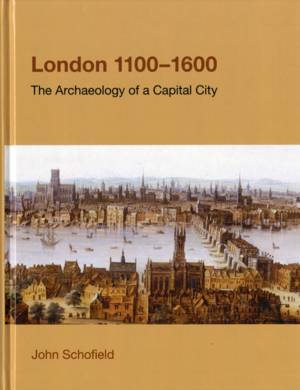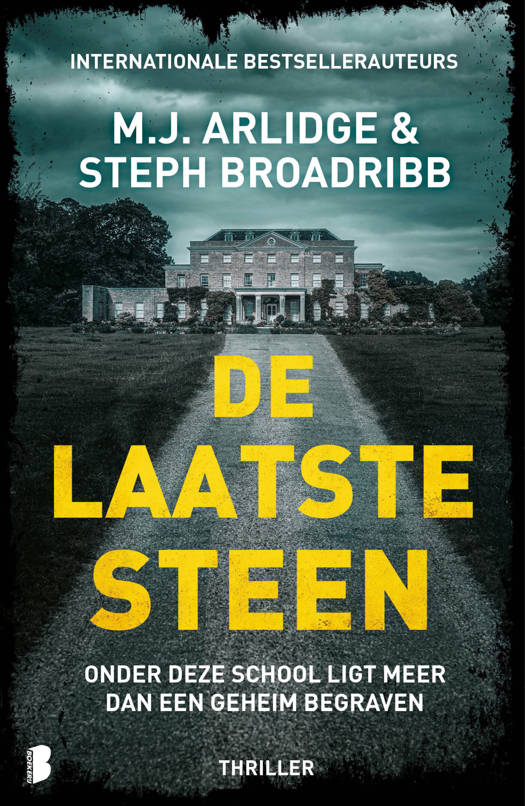
- Afhalen na 1 uur in een winkel met voorraad
- Gratis thuislevering in België vanaf € 30
- Ruim aanbod met 7 miljoen producten
- Afhalen na 1 uur in een winkel met voorraad
- Gratis thuislevering in België vanaf € 30
- Ruim aanbod met 7 miljoen producten
Zoeken
€ 132,95
+ 265 punten
Uitvoering
Omschrijving
Winner of the London Archaeological Prize for outstanding publication of 2010-11 Since the early 1970s the increasingly effective conduct of archaeological work in the City of London and surrounding parts of the conurbation have revolutionised our view of the development and European importance of London between 1100 and 1600. There have been hundreds of archaeological excavations of every type of site, from the cathedral to chapels, palaces to outhouses, bridges, wharves, streams, fields, kilns, roads and lanes. The study of the material culture of Londoners over these five centuries has begun in earnest, based on thousands of accurately dated artefacts, especially found along the waterfront. Work by documentary historians has complemented and filled out the new picture. This book, written by an archaeologist who has been at the centre of this study since 1974, will summarise the main findings and new suggestions about the development of the City, its ups and downs through the Black Death and the Dissolution of the Monasteries; its place in Europe as a capital city with great architecture and relations with many other parts of Europe, from the Baltic to the Mediterranean. London has been the most intensively studied medieval city in Europe by archaeologists, due to the pace of development especially since the 1970s. Thus although this will be a study of a single medieval city, it will be a major contribution to the Archaeology of Europe, 1100-1600. Praise for this Volume: '..an expert account the book is well designed, expertly illustrated and manages to bridge the gap between an accessible and popular account, with a scholarly framework with full references and an extensive bibliography. This is a book that readers can turn to again and again in order to refresh their knowledge of the archaeology of this medieval metropolis.' Terry Barry, Medieval Archaeology 56, 2012 'This is an important and useful book. And, crucially it's a good read.' British Archaeology, May-June 2012 'John Schofield snythesises a huge volume of archaeology to produce this coherent account packed with detail and fascinating visual evidence, and much enlivened by the author's own observations -- for example, on exotic imported food and whether Londoners had different diets from other parts of England, or on the impact of communities of 'aliens' on the city, including Jewish financiers, and Italian, French and Spanish merchants, or on the effect of London on its hinterland.' SALON number 267, December 2011 'His detailed knowledge of projects both famous and unsung paints a potent picture of London between 1100 and 1600.' Current Archaeology, June 2012 'This is a stimulating book, opening one's eyes to many facets of the past. It can be highly recommended to anyone who wants to find out what archaeology has to offer about London's history, and where future research might lead.' Bridget Cherry, London Topographical Society Newsletter, May 2012 'Schofield draws useful parallels between London and other comparable cities in Europe.. there are some wonderful kernels of information that connect the buildings of London to others throughout the country. This volume is likely to appeal both to those with a general interest as well as to those with more defined archaeological leanings...Schofield's lucid writing style is concise, informative and engaging.' Sara Crofts, SPAB, Cornerstone, Autumn 2012
Specificaties
Betrokkenen
- Auteur(s):
- Uitgeverij:
Inhoud
- Aantal bladzijden:
- 344
- Taal:
- Engels
- Reeks:
Eigenschappen
- Productcode (EAN):
- 9781845535513
- Verschijningsdatum:
- 7/10/2011
- Uitvoering:
- Hardcover
- Formaat:
- Genaaid
- Afmetingen:
- 174 mm x 246 mm
- Gewicht:
- 547 g

Alleen bij Standaard Boekhandel
+ 265 punten op je klantenkaart van Standaard Boekhandel
Beoordelingen
We publiceren alleen reviews die voldoen aan de voorwaarden voor reviews. Bekijk onze voorwaarden voor reviews.











